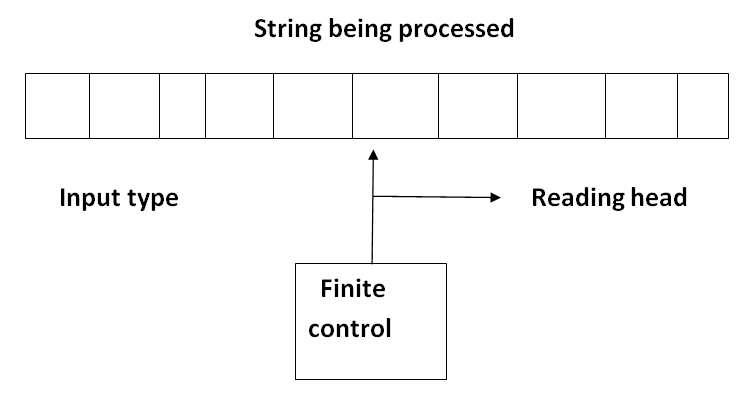
UML state machines overcome the limitations of traditional finite-state machines while retaining their main benefits. The Unified Modeling Language has a notation for describing state machines. The arrow into the Locked node from the black dot indicates it is the initial state. An input that doesn't cause a change of state (such as a coin input in the Unlocked state) is represented by a circular arrow returning to the original state. Each arrow is labeled with the input that triggers that transition. Edges ( arrows) show the transitions from one state to another. Each state is represented by a node ( circle). The turnstile state machine can also be represented by a directed graph called a state diagram (above). When the customer has pushed through, locks the turnstile. Unlocks the turnstile so that the customer can push through. The turnstile state machine can be represented by a state-transition table, showing for each possible state, the transitions between them (based upon the inputs given to the machine) and the outputs resulting from each input: However, a customer pushing through the arms, giving a push input, shifts the state back to Locked. In the unlocked state, putting additional coins in has no effect that is, giving additional coin inputs does not change the state. Putting a coin in – that is, giving the machine a coin input – shifts the state from Locked to Unlocked. In the locked state, pushing on the arm has no effect no matter how many times the input push is given, it stays in the locked state. There are two possible inputs that affect its state: putting a coin in the slot ( coin) and pushing the arm ( push). After the customer passes through, the arms are locked again until another coin is inserted.Ĭonsidered as a state machine, the turnstile has two possible states: Locked and Unlocked. Depositing a coin or token in a slot on the turnstile unlocks the arms, allowing a single customer to push through.

Initially the arms are locked, blocking the entry, preventing patrons from passing through. A turnstile, used to control access to subways and amusement park rides is a gate with three rotating arms at waist height, one across the entryway. FSMs are studied in the more general field of automata theory.Īn example of a simple mechanism that can be modeled by a state machine is a turnstile. A finite-state machine has the same computational power as a Turing machine that is restricted such that its head may only perform "read" operations, and always has to move from left to right. This is because an FSM's memory is limited by the number of states it has. The computational power distinction means there are computational tasks that a Turing machine can do but an FSM cannot. The finite-state machine has less computational power than some other models of computation such as the Turing machine. Simple examples are vending machines, which dispense products when the proper combination of coins is deposited, elevators, whose sequence of stops is determined by the floors requested by riders, traffic lights, which change sequence when cars are waiting, and combination locks, which require the input of a sequence of numbers in the proper order. The behavior of state machines can be observed in many devices in modern society that perform a predetermined sequence of actions depending on a sequence of events with which they are presented. A deterministic finite-state machine can be constructed equivalent to any non-deterministic one.

Finite-state machines are of two types- deterministic finite-state machines and non-deterministic finite-state machines. An FSM is defined by a list of its states, its initial state, and the inputs that trigger each transition. The FSM can change from one state to another in response to some inputs the change from one state to another is called a transition. It is an abstract machine that can be in exactly one of a finite number of states at any given time. A finite-state machine ( FSM) or finite-state automaton ( FSA, plural: automata), finite automaton, or simply a state machine, is a mathematical model of computation.


 0 kommentar(er)
0 kommentar(er)
